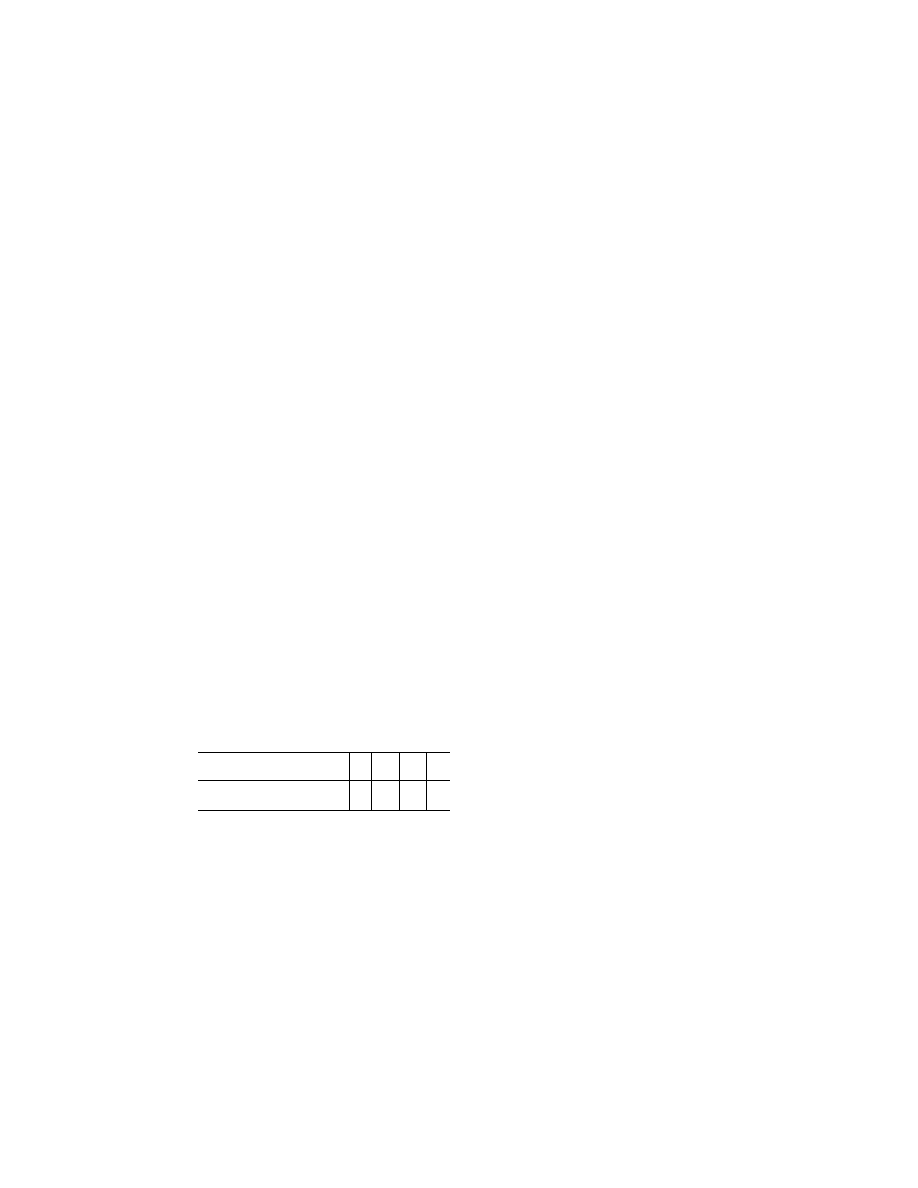
675
Federal Aviation Administration, DOT
§ 67.207
values are exceeded, the Federal Air
Surgeon may require the person to be
examined by a qualified eye specialist
to determine if there is bifoveal fixa-
tion and an adequate vergence-phoria
relationship. However, if otherwise eli-
gible, the person is issued a medical
certificate pending the results of the
examination.
§ 67.205
Ear, nose, throat, and equi-
librium.
Ear, nose, throat, and equilibrium
standards for a second-class airman
medical certificate are:
(a) The person shall demonstrate ac-
ceptable hearing by at least one of the
following tests:
(1) Demonstrate an ability to hear an
average conversational voice in a quiet
room, using both ears, at a distance of
6 feet from the examiner, with the back
turned to the examiner.
(2) Demonstrate an acceptable under-
standing of speech as determined by
audiometric speech discrimination
testing to a score of at least 70 percent
obtained in one ear or in a sound field
environment.
(3) Provide acceptable results of pure
tone audiometric testing of unaided
hearing acuity according to the fol-
lowing table of worst acceptable
thresholds, using the calibration stand-
ards of the American National Stand-
ards Institute, 1969:
Frequency (Hz)
500
Hz
1000
Hz
2000
Hz
3000
Hz
Better ear (Db) .................................
35
30
30
40
Poorer ear (Db) ...............................
35
50
50
60
(b) No disease or condition of the
middle or internal ear, nose, oral cav-
ity, pharynx, or larynx that—
(1) Interferes with, or is aggravated
by, flying or may reasonably be ex-
pected to do so; or
(2) Interferes with, or may reason-
ably be expected to interfere with,
clear and effective speech communica-
tion.
(c) No disease or condition mani-
fested by, or that may reasonably be
expected to be manifested by, vertigo
or a disturbance of equilibrium.
§ 67.207
Mental.
Mental standards for a second-class
airman medical certificate are:
(a) No established medical history or
clinical diagnosis of any of the fol-
lowing:
(1) A personality disorder that is se-
vere enough to have repeatedly mani-
fested itself by overt acts.
(2) A psychosis. As used in this sec-
tion, ‘‘psychosis’’ refers to a mental
disorder in which:
(i) The individual has manifested de-
lusions, hallucinations, grossly bizarre
or disorganized behavior, or other com-
monly accepted symptoms of this con-
dition; or
(ii) The individual may reasonably be
expected to manifest delusions, hallu-
cinations, grossly bizarre or disorga-
nized behavior, or other commonly ac-
cepted symptoms of this condition.
(3) A bipolar disorder.
(4) Substance dependence, except
where there is established clinical evi-
dence, satisfactory to the Federal Air
Surgeon, of recovery, including sus-
tained total abstinence from the sub-
stance(s) for not less than the pre-
ceding 2 years. As used in this sec-
tion—
(i) ‘‘Substance’’ includes: Alcohol;
other sedatives and hypnotics;
anxiolytics; opioids; central nervous
system stimulants such as cocaine, am-
phetamines, and similarly acting
sympathomimetics; hallucinogens;
phencyclidine or similarly acting
arylcyclohexylamines; cannabis;
inhalants; and other psychoactive
drugs and chemicals; and
(ii) ‘‘Substance dependence’’ means a
condition in which a person is depend-
ent on a substance, other than tobacco
or ordinary xanthine-containing (e.g.,
caffeine) beverages, as evidenced by—
(A) Increased tolerance;
(B) Manifestation of withdrawal
symptoms;
(C) Impaired control of use; or
(D) Continued use despite damage to
physical health or impairment of so-
cial, personal, or occupational func-
tioning.
(b) No substance abuse within the
preceding 2 years defined as:
(1) Use of a substance in a situation
in which that use was physically haz-
ardous, if there has been at any other
time an instance of the use of a sub-
stance also in a situation in which that
use was physically hazardous;
VerDate Sep<11>2014
16:30 Jun 25, 2019
Jkt 247047
PO 00000
Frm 00685
Fmt 8010
Sfmt 8010
Q:\14\14V2.TXT
PC31
kpayne on VMOFRWIN702 with $$_JOB